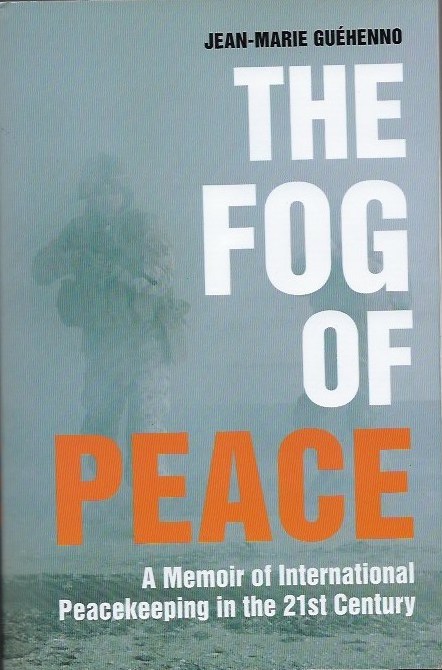by Jean-Marie Guehenno[1]
Reviewed by James V. Arbuckle, for Peacehawks
Introduction
Jean-Marie Guehenno was appointed United Nations Under-Secretary General for Peacekeeping Operations (USG PKO) in 2000, and held that position until 2008. A “scholar-diplomat”, as one blurbist has characterized him, he was until his appointment without direct experience of the United Nations.
The Department of Peacekeeping Operations (DPKO) was created in 1992 from the Department of Special Political Affairs, which had been responsible for PKOs since their inception in 1948. The then USG for that Department, Marrack Goulding, assumed the leadership of the new DPKO until he was succeeded by Kofi Annan in 1993. Annan was replaced by Bernard Miyet of France in 1997 when Annan became Secretary-General[2]. Since then all DPKO USGs have been French, and on 1 April of this year Jean-Pierre Lacroix will replace Herve Ladsus.
The book is engagingly written, and conveys well the feel of the immediacy of high diplomacy, but careful readers may find some things missing.

